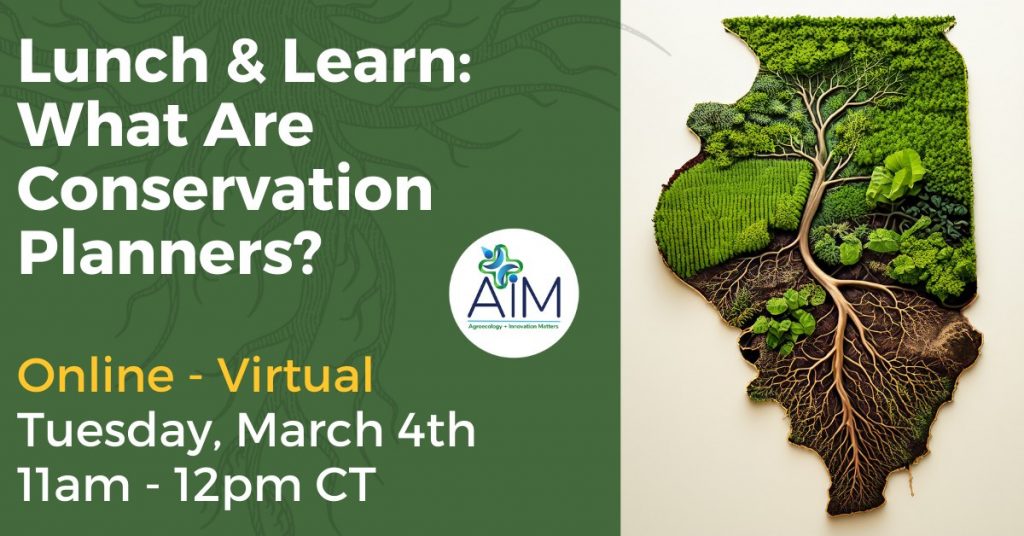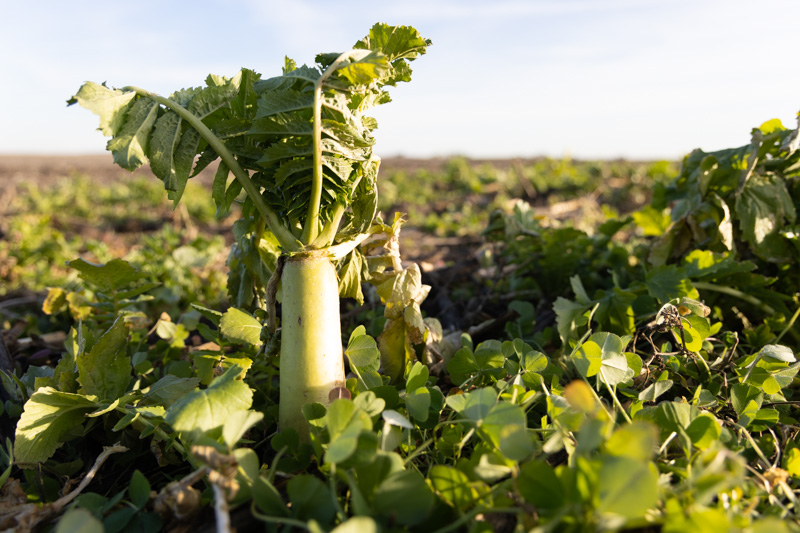
Are you curious about what Conservation Planners do to support soil health? Please join us during the fourth annual Soil Health Week for a virtual panel on March 4th at 11 am, featuring three of our Level 3 Conservation Planners as they discuss their work to assist producers in improving soil across their districts! To receive more information on this special event, please sign up here.
NRCS defines soil health as the continued capacity of soil to function as a vital living ecosystem.
The four principles of soil health management are:
- Maximize the Presence of Living Roots
- Minimize Disturbance
- Maximize Soil Cover
- Maximize Biodiversity
Conservation Planners assist producers in implementing a variety of NRCS practices related to soil health. NRCS uses practice codes to categorize and identify practices, and to ensure consistency and clarity when referencing a specific practice. The code numbers are included next to the name of each practice below. Some of the most utilized practices by the Conservation Planner team include:
This practice allows producers to improve soil health, increase plant diversity, improve water quality, and enhance wildlife habitat by establishing a perennial vegetative cover on highly erodible land. Maintenance includes mowing and removing invasive species.
Filter strips create a buffer between fields and local waters, along with other environmentally sensitive areas. This is an area of herbaceous vegetation designed to capture sediment, organic material, and contaminants like excess nutrients or pesticides. The strips are located immediately downslope from the contamination source area, generally along the lower edge of a field. This practice can also improve fish and wildlife habitat, increase livestock forage, and improve field access.
This practice provides the opportunity to add additional annual or intermediate crops, perennials, and/or cover crops to your rotation. Along with adding diversity to your cropping system, conservation crop rotation reduces the amount of time when the soil is left uncovered. There are several options that can be added as a cash crop to a corn and soybean rotation while also serving as a cover crop. In Illinois, this includes winter wheat and oilseed crops like pennycress and camelina. Along with improving soil health, conservation crop rotation decreases erosion, improves water quality, decreases weeds and reduces diseases and pests.
Both no-till and reduced till limit the amount of soil disturbance by utilizing non-inversion planting methods like strip tillage, vertical tillage, or no-till drills, and increase the amount of plant residue left on the soil surface. Switching from conventional tillage to reduced till or no-till can greatly enhance the soil structure and amount of organic matter, biological activity, nutrient cycling, and water holding capacity, along with reducing erosion. Farmers can also save a significant amount of money by cutting back on fuel and labor costs and eventually reducing fertilizer expenses. For those who are curious about converting to no-till, some USDA service centers have no-till drills available to rent for minimal fees.
This practice can be used to achieve multiple goals, including erosion control, restoring native plant communities, improving water quality, conserving energy, providing livestock shelter or habitat for beneficial organisms. Planting trees and shrubs that bloom at different periods of the season enhances wildlife habitat for pollinators and other beneficial insects. NRCS staff can assist with species selection based on your specific goals. Tree/Shrub Site Preparation (490) may be used initially to help ensure the success of your plantings.
Testimonials:
“I’ve worked the most in conservation cover, as quite a bit of CRP work involves it. The ability to develop plans that include creating spaces for wildlife and soil loss reduction is a really interesting aspect of the job.” -Taylor Hartke, Clay County Conservation Planner
“I have had great experiences meeting up with farmers after they have installed the practice we planned. It feels good to see landowners reaping the benefits of the practices for which we offer assistance. For example, it makes me so happy when a new grassed waterway is actually helping to properly drain a field, meaning the farmer will now have an easier time farming and less soil erosion will occur (win-win!).” -Ashley Barry, Boone County Conservation Planner

